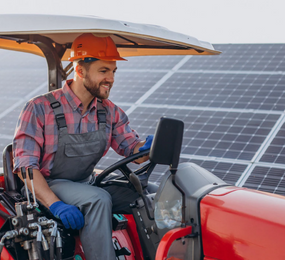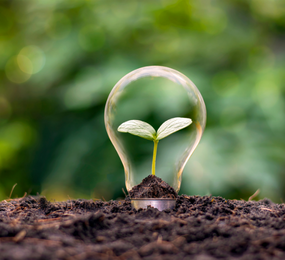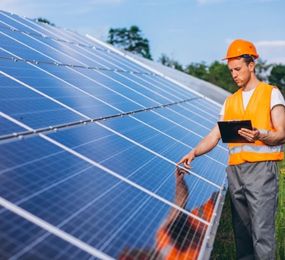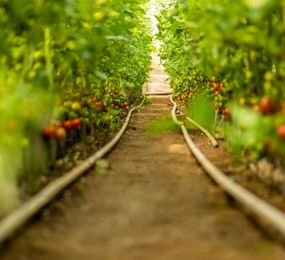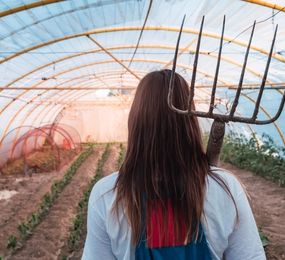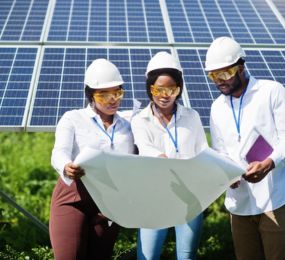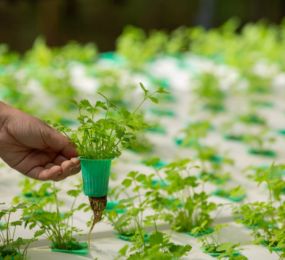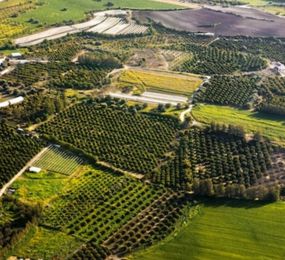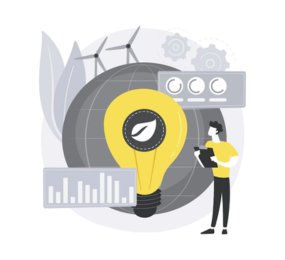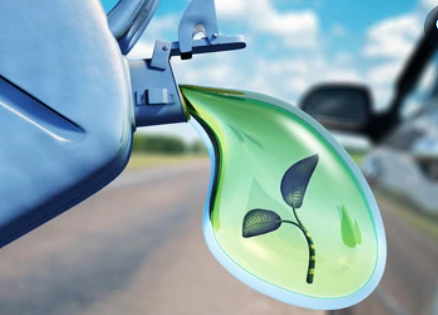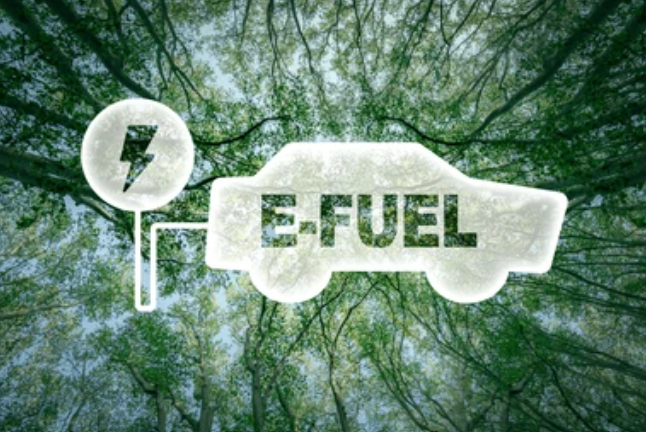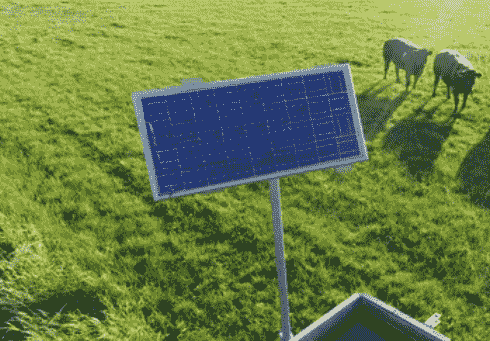As we strive for a sustainable energy future, solar energy plays a key role. But how best to utilize land for solar generation becomes a crucial question. Let's compare AgriVoltaics, where solar panels coexist with agriculture, to traditional solar farms dedicated solely to energy production.
Traditional Solar Farms: A Familiar Landscape
-
Advantages:
-
Efficiency: Dedicated solar farms can optimize panel placement for maximum solar capture, potentially generating more electricity per unit area.
-
Lower Costs: Economies of scale can make traditional solar farms less expensive to develop and maintain compared to AgriVoltaics projects.
-
Disadvantages:
-
Land-Use Competition: Traditional solar farms convert land solely to energy production, potentially displacing agricultural activities.
-
Biodiversity Impact: Large-scale solar installations can disrupt existing ecosystems and wildlife habitats.
AgriVoltaics: A Symbiotic Approach
-
Advantages:
-
Dual Land Use: AgriVoltaics allows for continued agricultural production alongside solar energy generation, maximizing land use efficiency.
-
Environmental Benefits: The shade provided by panels can reduce water evaporation, improve soil moisture, and potentially enhance biodiversity.
-
Economic Benefits: Farmers can earn additional income from solar energy generation while maintaining crop production.
-
Disadvantages:
-
Lower Energy Yield: Panels in AgriVoltaics systems might need to be spaced further apart to accommodate crops, potentially reducing overall energy generation compared to dedicated solar farms.
-
Complexity: Integrating agriculture and solar energy generation requires careful planning and management, potentially increasing initial development costs.
The Future is a Balancing Act
The choice between AgriVoltaics and traditional solar farms depends on specific factors like land availability, agricultural suitability, and local energy needs. Both approaches have a role to play in a sustainable future:
-
AgriVoltaics: Ideal for maximizing land use efficiency, particularly on marginal or previously disturbed lands.
-
Traditional Solar Farms: Well-suited for large-scale energy production on dedicated land, with careful consideration for environmental impact.
By carefully evaluating the advantages and disadvantages of each approach, we can ensure a sustainable future where both solar energy and agriculture thrive.
To register or learn more about the Forum please check here:http://bit.ly/3kR0v2R.
For more information and group participation, contact us: [email protected]


